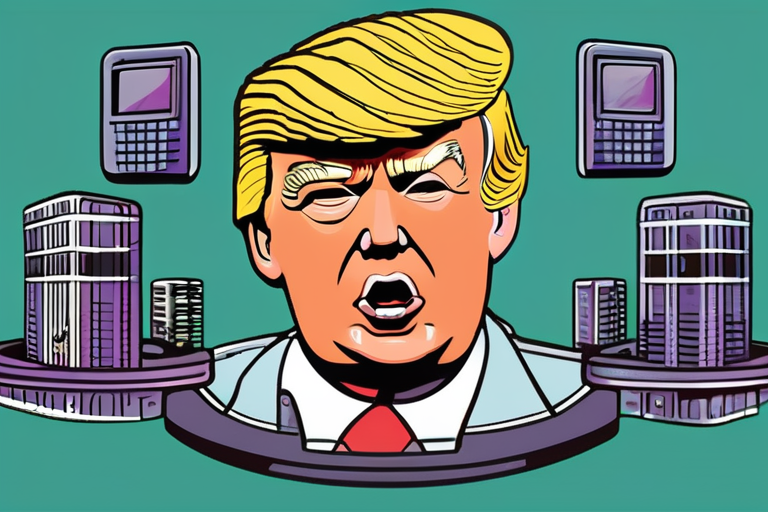Stablecoins Disrupt Global Finance: Billions Transferred Daily Beyond SWIFT's Grip


Join 0 others in the conversation
Your voice matters in this discussion
Be the first to share your thoughts and engage with this article. Your perspective matters!
Discover articles from our community

 Hoppi
Hoppi

 Hoppi
Hoppi

 Hoppi
Hoppi

 Hoppi
Hoppi

 Hoppi
Hoppi

 Hoppi
Hoppi

Breaking News: Trump Approval Rating Tracker President Donald Trump's approval rating has declined to a new low, according to the …

Hoppi

Jimmy Kimmel's Suspension Sparks Debate Over FCC's Role in Media Regulation The Federal Communications Commission (FCC) indefinitely suspended late-night comedian …

Hoppi

XRP Price Prediction: Analysts Eye $5–$8 Targets as Fed Comments Spur Ripple Strength Innovation Overview The recent surge in XRP's …

Hoppi

UNH Stock: The $76 Billion Shareholder Powerhouse UnitedHealth Group (NYSE: UNH), one of the largest healthcare companies in the world, …

Hoppi

US Strike on Venezuelan Coast Kills Four in Alleged Anti-Drug Operation A US military strike targeting an alleged drug-trafficking vessel …

Hoppi

White House Offers More Details on Potential TikTok Deal In a significant development, the White House has revealed more details …

Hoppi